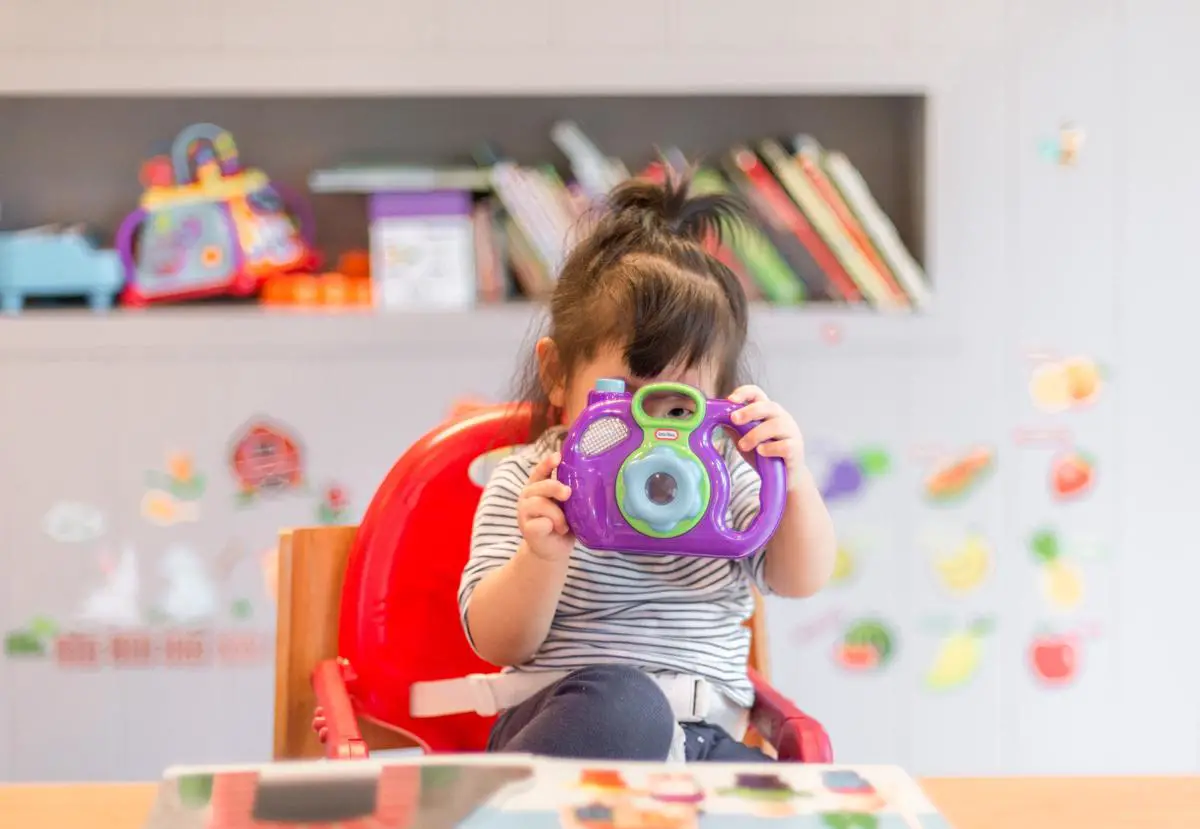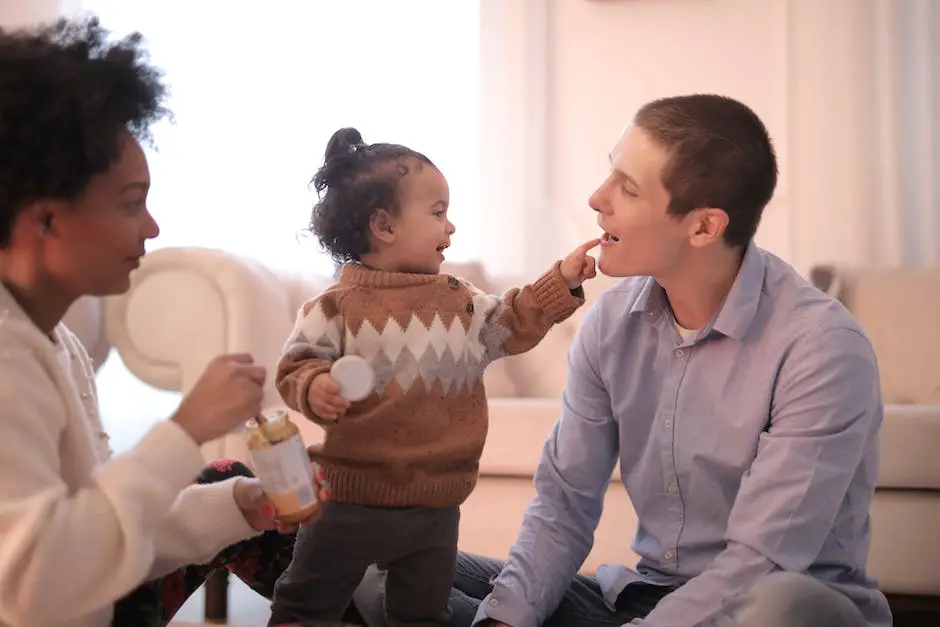Navigating the world of parenthood can come with a variety of unique obstacles, and one of the frequently overlooked is the daycare drop-off. Coordinating the rush of morning routines, the emotional tumults associated with separation, and abiding by childcare rules can often create a fertile ground for mishaps. In the following discussions, we will delve into these common challenges, exemplifying with real-life scenarios to give a clear picture of daycare drop-off mishaps. We will then explore prevention strategies and ways to effectively manage these situations when they occur. These insights aren’t just remedial but proactive, offering parents a toolkit to navigate and improve this routine part of their child’s care.
Understanding Daycare Drop-off Challenges
Daycare Drop-off Challenges: Separation Anxiety
Separation anxiety is a common issue that most parents and children experience during daycare drop-offs. This typically starts around the age of nine months and peaks between the ages of 18 to 24 months, but it can persist in some toddlers. Children may cry, cling, or throw tantrums to express their feelings of anxiety. Parents can also feel distressed and guilty, adding to the overall challenge in these situations. Gradually introducing a child to the daycare setting, maintaining a consistent and positive drop-off routine, and reassuring the child can help manage separation anxiety.
Time Shortage Issues: Rushed Morning Hours
One detrimental factor causing daycare drop-off mishaps is tied to the morning rush. Time constraints often lead to hurried and disorganized drop-offs where routines can be forgotten or vital items can be left behind. The hectic pace may also increase the child’s stress level leading to more instances of crying or anxiety during the separation. Parents finding ways to streamline their morning routines such as preparing essentials the night before or waking up earlier may ease some of these challenges.
Childcare Regulation Challenges
Different daycare centers have different rules and regulations adding another layer of challenges to daycare drop-offs. For example, some centers have strict timing on when parents are allowed to drop off or pick up their children, while others may have policies regarding what items a child can bring into the facility. Not understanding or forgetting these regulations can add to the confusion and difficulty during drop-off. Parents ensuring they are well-versed with their daycare center’s regulations and communicating effectively with the childcare provider could help alleviate these mishaps.
Addressing Unwanted Outcomes Stemming from Unintentional Behaviors
Unintentional actions on the part of parents often contribute to problems during the daycare drop-off process. Feelings of anxiety or distress in parents during this process tend to create uneasiness in the child. Overstaying your welcome can exacerbate the child’s separation distress as well. Furthermore, inconsistencies in your drop-off routine might confuse and unsettle your child. By remaining mindful of their actions, sticking to a regular drop-off schedule, and maintaining a positive, relaxed attitude, parents can significantly improve the daycare drop-off experience.

Examples of Daycare Drop-off Mishaps
Navigating the Hectic Morning Drop-off
One of the most prevalent daycare drop-off mishaps arises when parents are rushing to ready themselves for work while also preparing their children for daycare. When time is of the essence, it’s not uncommon to overlook something. Crucial items like the child’s lunch, beloved comfort item, or additional diapers might be accidentally left at home. This can cause not only inconvenience for the daycare staff but also potential stress for your child, who might miss a comfort object or essential item during the day. Repeated occurrences of these forgetful moments can start to put pressure on the relationship between parents and daycare providers.
Unexpected Closures
Daycare providers also have their fair share of unexpected incidents that can disrupt the usual drop-off routine. They may need to close unexpectedly due to sudden issues such as power outages, staffing problems, or building maintenance. When parents arrive to find the daycare unexpectedly closed, it leaves them scrambling to find alternative childcare for the day. Beyond immediate inconvenience, such mishaps can lead to parents questioning the reliability of the daycare service, especially if such occurrences are frequent.
Separation Anxiety
Another type of daycare drop-off mishap commonly seen is when a child suffers from what’s known as separation anxiety. This is often characterized by children crying or throwing tantrums during drop-off, refusing to let go of their parents, or even physically clinging onto them. These situations can be very stressful for both children and parents and can cause delays in parents’ schedules as well as disruption in the daycare. If the issue persists, it may warrant consultation with a child psychologist or adjustments in the drop-off routine to make the transition smoother for the child.
Communication Challenges
Miscommunication between parents and daycare providers, or even between different daycare providers, can also lead to drop-off mishaps. A misunderstanding about drop-off or pick-up times, special instructions for the child’s care, or even the child’s daily routine can create confusion and potential problems. This can jeopardize the child’s welfare and increase frustration between parents and caregivers. To avoid such situations, ensuring clear and consistent communication should be a priority for all parties involved.
Unanticipated Late Pickups
One frequent oversight that occurs is the late pickup. Unexpected events can cause parents to arrive later than planned to collect their children. This places an extra burden on daycare professionals who may need to work overtime or adjust their routines, and can also foster feelings of insecurity in the children. If this becomes a recurrent issue, it could strain relationships and necessitate changes in childcare arrangements in the long run.

Photo by daen_2chinda on Unsplash
Prevention Strategies for Daycare Drop-off Mishaps
Comprehending Potential Drop-off Pitfalls
Daycare drop-offs, while routine, can often give rise to a range of blunders. These may encompass overlooked lunches, crucial supplies mistakenly left at home, emotional outbursts, feelings of separation anxiety, and a plethora of morning distractions. Such events not only make the morning rush stressful and chaotic for both parents and children but can also influence the quality of the child’s experience throughout their daycare day.
Create a Drop-off Routine
Having a consistent drop-off routine can make the transition smoother. This routine can be as simple as leaving the house at the same time each morning, having a consistent goodbye ritual, or planning the route to the daycare center with minimal distractions. This not only provides stability and structure for the child but also helps parents remember important items and keep mornings balanced and controlled.
Prepare the Night Before
To minimize the chances of leaving behind essential items, parents can plan and prepare the night before. This includes preparing lunch, packing the childcare bag with necessary items (like diapers, change of clothes, and comfort objects), and setting out the next day’s clothes. Preparing in advance means fewer tasks in the morning rush-hour, and it reduces the chances of forgetting something important.
Reducing Morning Distractions
Reducing morning distractions can make for an expedient and less chaotic drop-off. Parents can accomplish this by limiting TV time, keeping the breakfast menu simple, and avoiding unnecessary tasks during peak morning hours. By minimizing distractions, parents can pay more attention to getting the child ready for daycare and completing a successful drop-off.
Handling Separation Anxiety
Many children experience separation anxiety when first attending daycare or when their routine is disrupted. This can lead to tearful goodbyes or tantrums at the door. To handle this, parents can reassure their child, reinforce that they will come back after daycare, and try to keep their own emotions under control. Additionally, quickly saying goodbye and reassuring the child of your return can help anxious kids adjust to their new setting. Parents can also include a comfort object, like a favorite blanket or toy, to provide reassurance throughout the day.
Early and Frequent Communication
One of the most effective ways to prevent daycare drop-off mishaps is open, early, and frequent communication with the care provider. Keeping the daycare provider informed about changes to the child’s routine, likes and dislikes, and any behavioral issues can help them prepare better and respond effectively to the child’s needs. This in turn, makes it less stressful for the child and smoother for parents to leave their child in the care of the provider.
Start the Day off Smoothly
In order to avoid setbacks during daycare drop-off, it’s essential not to rush in the morning. When families are in a hurry, they often neglect essential items, miss crucial steps, or elevate their stress levels, which can trigger emotional outbursts in children. By allocating extra time for the morning routine, you can sidestep these mishaps. Not only are you less likely to forget something, but you’ll also have more time for emotional farewells, and can better tackle unforeseen issues like traffic jams or mislaid shoes. A tranquil and fuss-free morning can significantly improve your child’s experience at daycare.

Addressing Mishaps: Steps to Take
Navigating Daycare Drop-off Mishaps
Despite your best efforts, daycare drop-off can sometimes be a phase riddled with uncertainties, strain, and unexpected blunders. The variety of mishaps could range from forgetting an item or miscommunications over pick-up timings, to potential risks involving your child’s safety and wellbeing. Understanding these possibilities, it’s crucial for parents and daycare staff to foster strong lines of communication, transparent guidelines, and practical solutions for managing these issues. A collaborative approach to handling these potential mishaps can ensure a safer, smoother daycare experience for your child.
Effective Communication: A Key to Handling Mishaps
One of the most crucial aspects in preventing and dealing with daycare mishaps is effective communication between parents and caregivers. This involves sharing pertinent information such as changes in the child’s routine, health concerns, or specific instructions regarding the child’s dietary requirements or allergies. Parents should keep their contact information up-to-date and provide alternate contact details in case of emergencies. All caregivers at the facility should have access to this information.
Implementing Clear Operational Procedures
Developing detailed operational procedures and making sure that parents understand them is another crucial step in handling drop-off mishaps. This could include check-in and check-out processes, protocols for handling forgotten items or a child’s refusal to participate in activities, and procedures for dealing with mishaps involving medication or dietary needs. These regulations should be available in written form—either as a printed handbook or an online guide—for parents to refer to.
Problem-Solving Techniques for Mishaps
When mishaps occur, having a well-defined problem-solving process in place can prevent escalation and ensure a quick resolution. This often involves initially identifying the problem, brainstorming possible solutions, discussing these options with the parents, implementing the chosen solution, and then monitoring the results to ensure its effectiveness. In the case of repeated mishaps, consider a more thorough review of the procedures or rules in place.
Turning Mishaps into Teachable Moments
While managing daycare drop-off mishaps can be challenging, they also present opportunities to teach children important life lessons. For instance, if a child frequently forgets a necessary item, a caregiver might use this as a teachable moment about responsibility and planning. Similarly, if a child is resistant to following routines, this could be an opportunity to discuss the importance of order and consistency in daily life. It’s essential to communicate these lessons in a child-friendly manner, reinforcing the idea of learning from mistakes as a natural part of life.
Parent and Provider Collaboration
In dealing with drop-off mishaps, collaboration between parents and daycare providers is pivotal. Regular meetings or discussions can be used to convey any changes in procedures or to address any issues or concerns. Furthermore, an open-door policy encouraging parents to share their concerns and suggestions can go a long way in fostering a harmonious relationship, reducing the likelihood of mishaps and ensuring a safe, enjoyable experience for the children at daycare.

Daycare drop-offs may initially appear daunting, but with the right knowledge and approach, it doesn’t necessarily have to be a stressful routine. By understanding the common mishaps and their contributing factors, parents can take preventive steps and create a smooth, anxiety-free drop-off experience for both themselves and their children. Moreover, addressing mishaps in comprehensible, strategic steps not only alleviates the immediate issue but also turns these missteps into learning opportunities. Fostering a harmonious transition for our children during these drop-offs fosters not just their immediate comfort but their long-term psychological resilience and adaptability, setting them up for future success.


Recent Comments